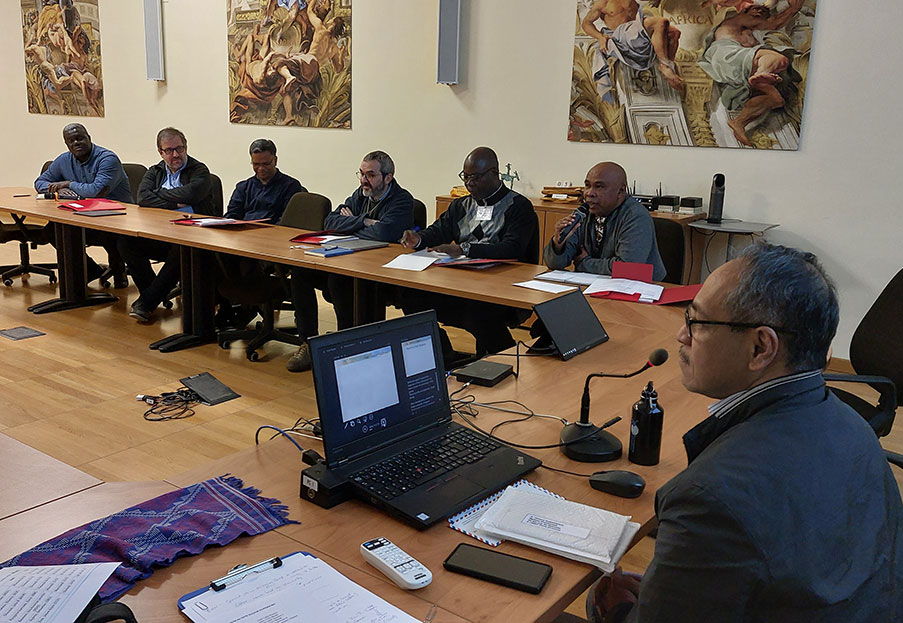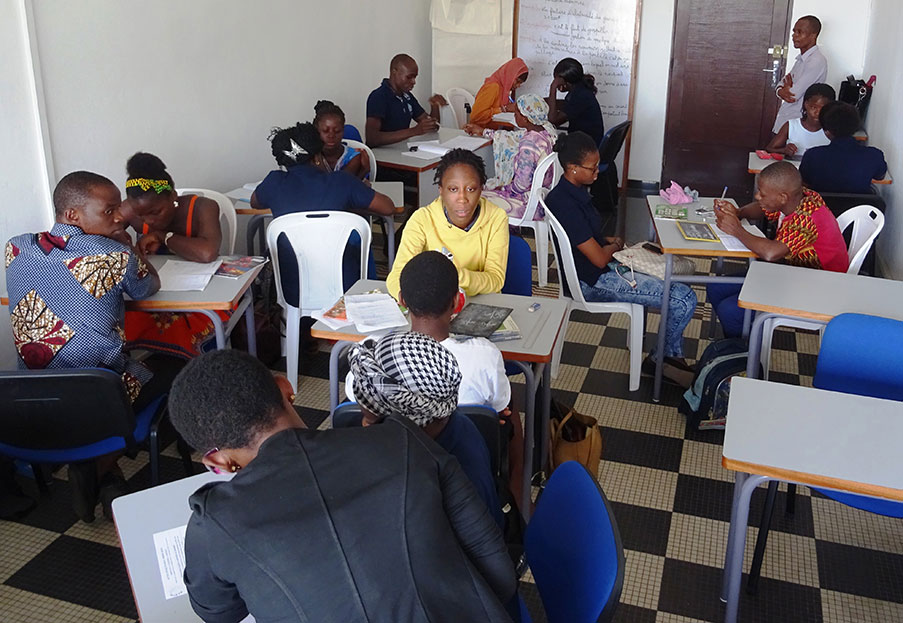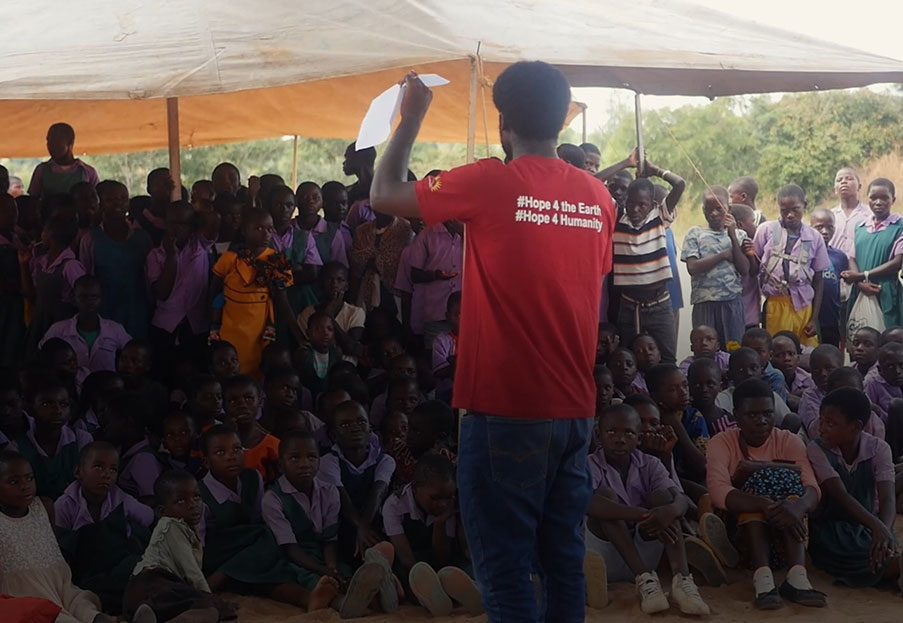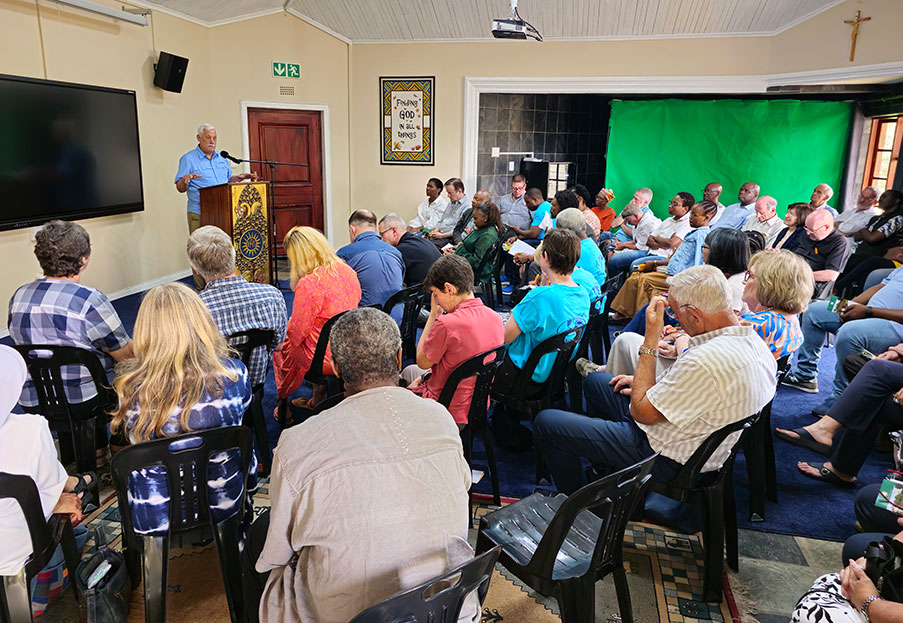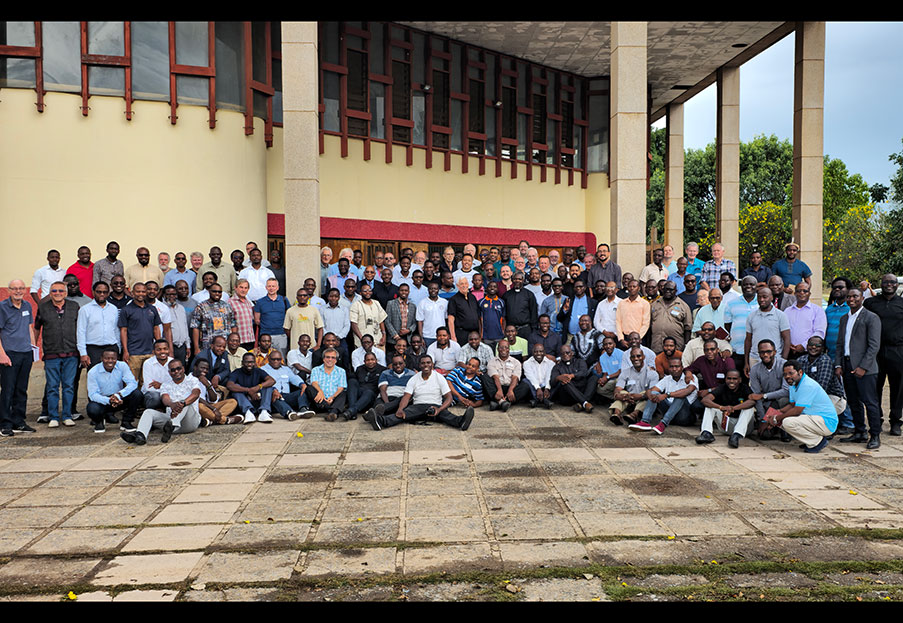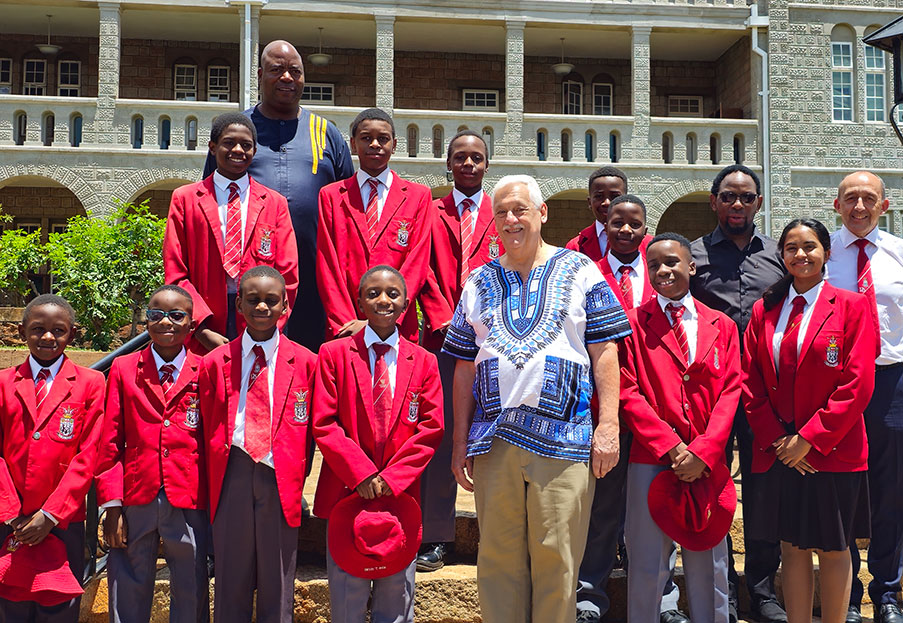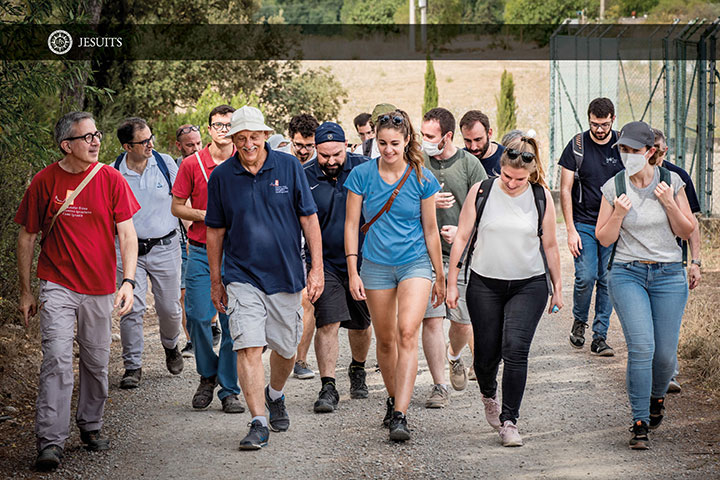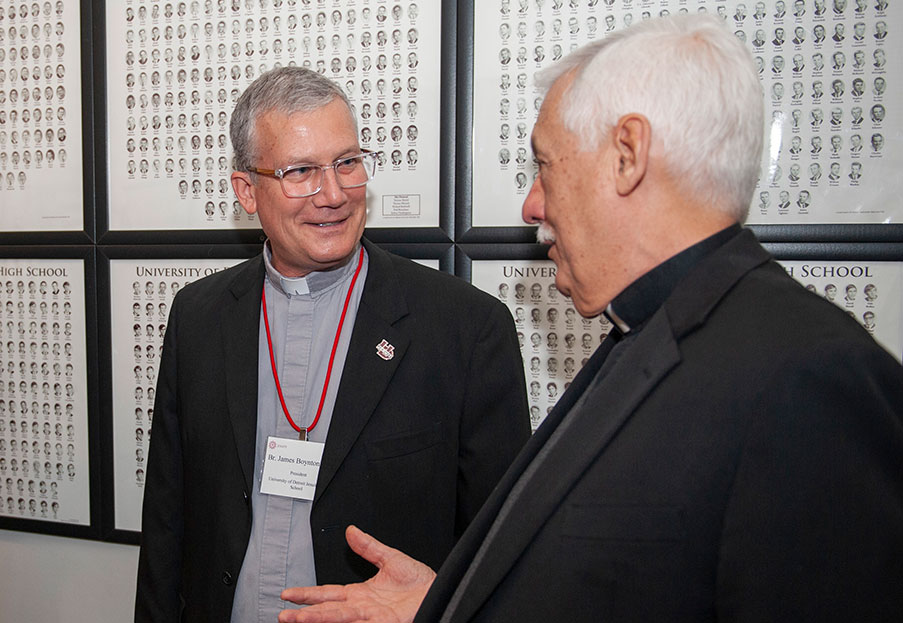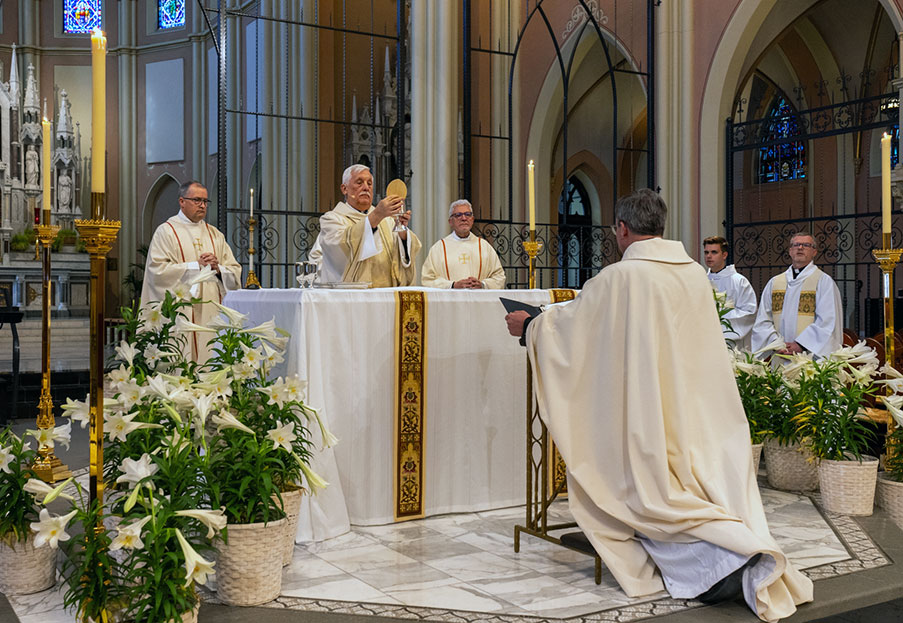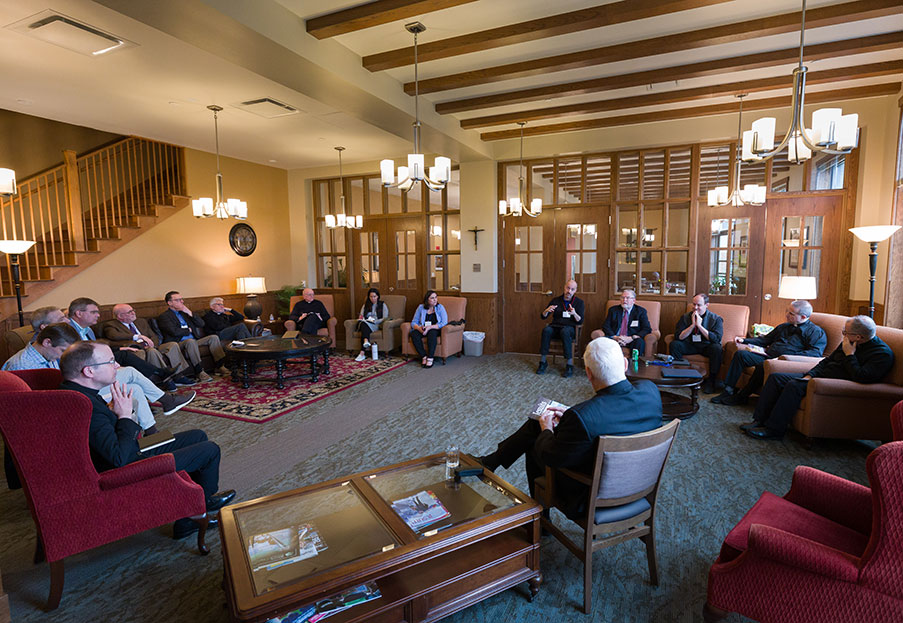Rwanda – Thirty years after the genocide
By genocide survivor, Jean-Baptiste Ganza, SJ
Rwanda is warming up to commemorate the genocide against the Tutsi for the thirtieth time. In 1994, the world witnessed one of the most brutal genocide of the human history. It started in the night of 7 April, right after the downing of the plane bringing home President Juvenal Habyarimana from a regional meeting in Dar es Salam. In a hundred days exactly, mobs of Hutu militiamen raided houses, villages, and towns in search for the Tutsi to kill. The old and the young, men and women, the healthy and the sick, no Tutsi was to escape the fury of young Hutu trained to kill with machetes. Streams of Tutsi blood ran over the country. Rwanda became an open mass grave. The UN troops on the ground abandoned the victims in the hands of the murderous. The whole world watched. Passively.
The
Rwanda of 1994 and the Rwanda of today offer two worlds apart. The first years
after the tragedy were extremely tough. The Rwanda Patriotic Front had taken
the power in Kigali but millions of Rwandans had fled the country to
neighboring Tanzania, Democratic Republic of Congo, Burundi, and Uganda. They
had followed the Hutu regime that had orchestrated the killings. Looting of
everything had preceded the running away of the defeated Hutu army and militia.
Even the Rwandan Central Bank had been taken to DRC. The new government had no
money. The country was in ruin. For the Tutsi survivors, there was a line
dividing the time. From then on, there was the before genocide and the after
genocide.
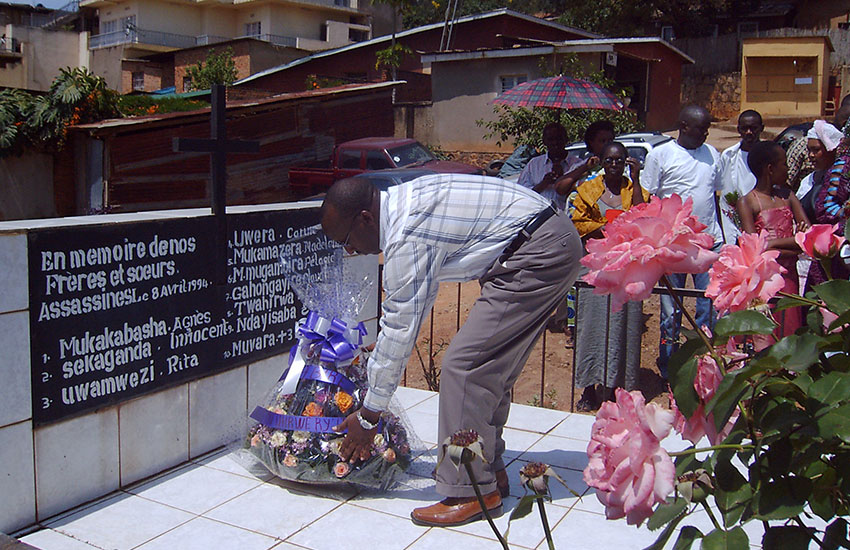
Fr Jean-Baptiste Ganza, SJ.
The first commemoration of the genocide took place in April 1995. The event consisted of exhuming thousands of bodies from the mass graves across the whole country. Depending on the information gathered, families and friends of the victims would gather, dig, and exhume bodies one after another. Sometimes there were dozens. Sometimes thousands. The sight was depressing, the smell intoxicating. I took my share in this rather traumatizing task in 1996 and in 1997. Paradoxically, there was a sense of victory among those involved in exhuming bodies. Finding the remains of the loved ones, washing them, mourning, and offering them a proper funeral and burial brought some relief to survivors. We deeply felt that humanity was restored for the victims who had been butchered like animals and thrown into mass graves. In the years following the genocide, I had hunger and thirst for these activities. I participated in the digging and in exhuming bodies. These were of my relatives but there were moments I did it for strangers.
Each of the following years, commemorating the genocide meant repeating what I just described. At the second anniversary, the third, the fourth, we did the same. However, at each anniversary, we had hope that the last bodies had come out and that the following commemorations were going to look different. We sadly realized that more bodies were exhumed at every anniversary. With time, perpetrators released information regarding the location of mass graves. In exchange, their sentence was shortened.
As
we prepare for the thirtieth anniversary, there are still bodies to find. There
were thousands last year. There will be certainly others to find and exhume
again this year. Every opening of a mass grave triggers a reopening of wounds.
My prayer today, and the prayer of my fellow Rwandans, is to find the last
remains of the victims of the 1994 genocide against the Tutsi of Rwanda. Then
commemoration will mean something different. Only then will our wounds heal and
the ongoing reconciliation process move faster.
